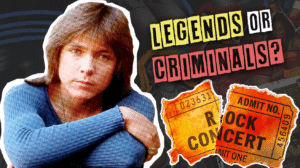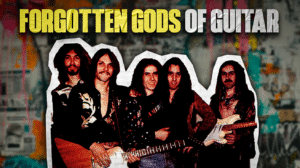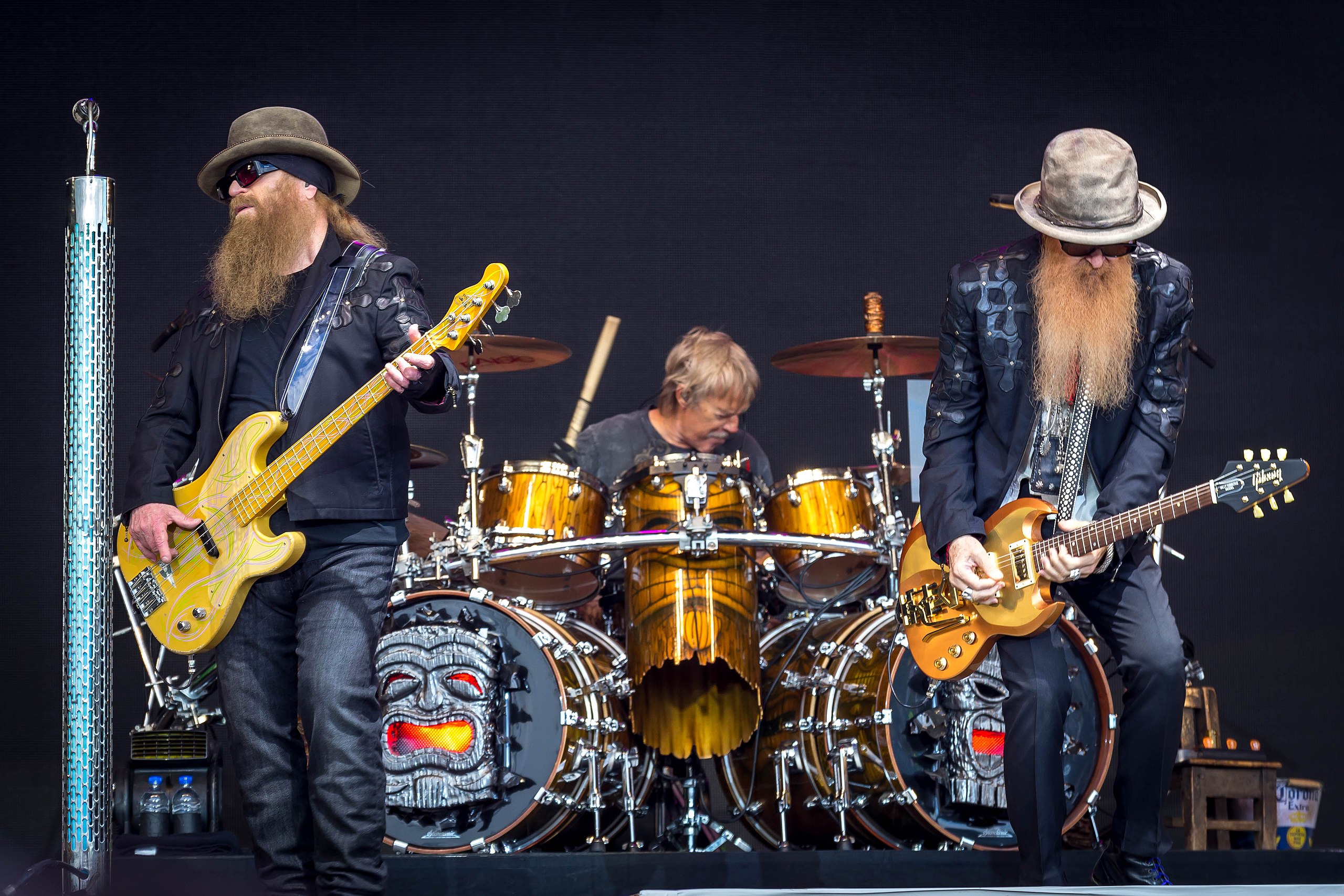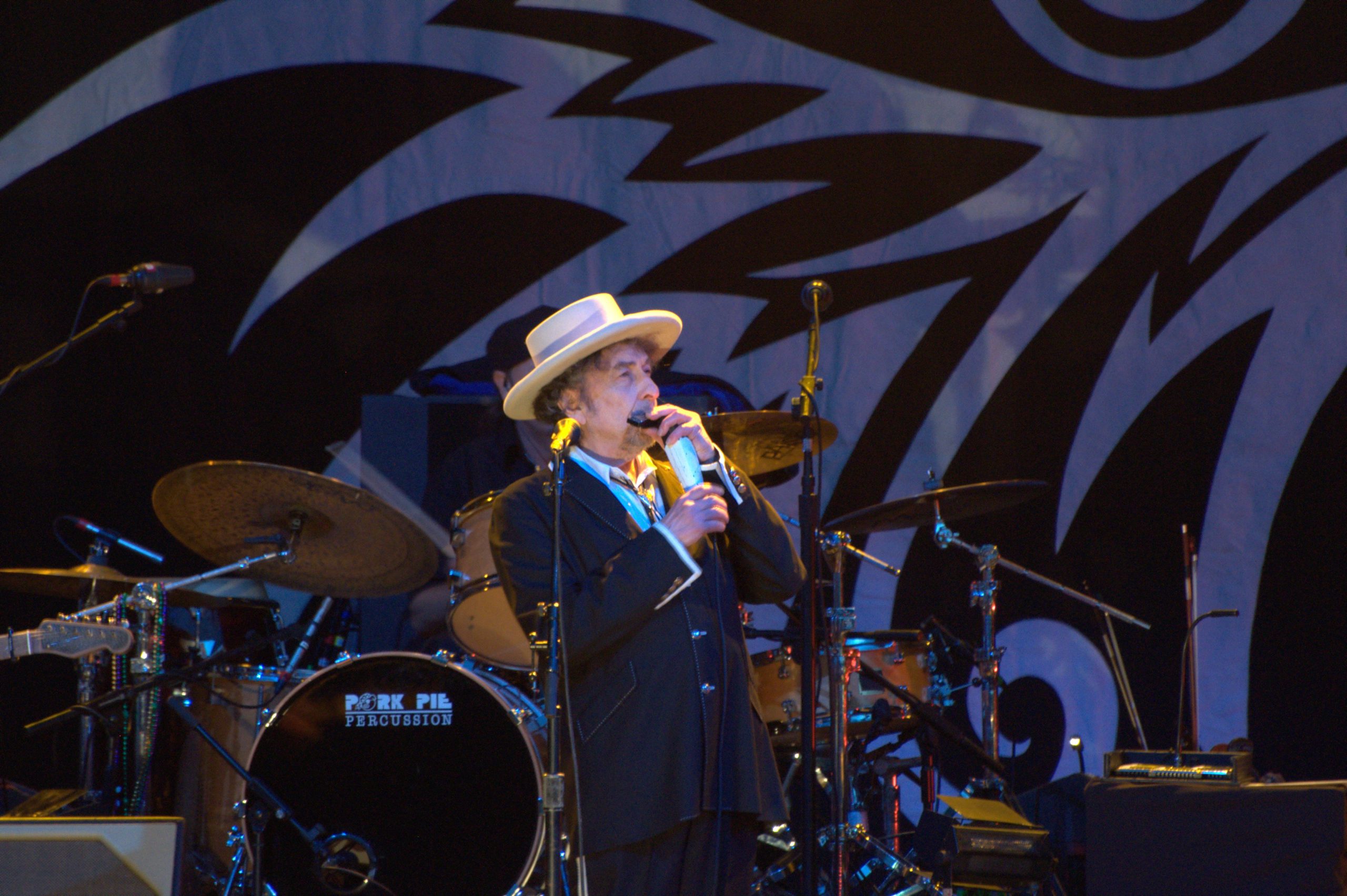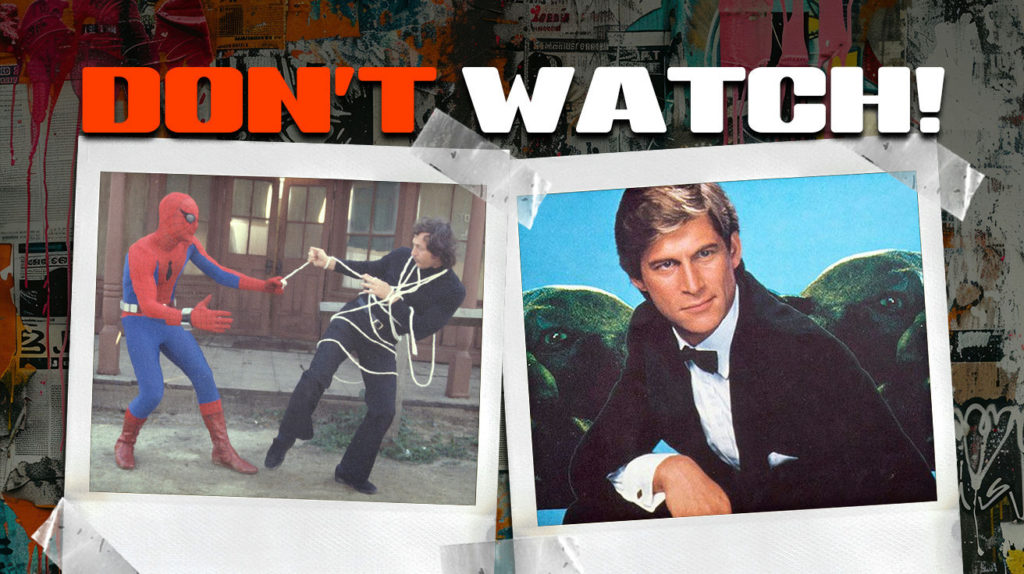
Ever watched a TV show so bad it feels similar to hearing your favorite band’s sellout album? The television graveyard overflows with ambitious failures and epic misses that never found their audience—shows that arrived with the hype of a stadium tour but left with the embarrassment of an empty club gig.
You think you know good TV?Let’s take a look behind the scenes of history’s most spectacular small-screen disasters and see what happens when creative vision collides with corporate reality.
15. Knight Rider (reboot)

NBC’s 2008 attempt to revive the 80s action series faltered despite initial viewership interest. The modernized KITT, now a Ford Mustang Shelby GT500KR, featured alongside David Hasselhoff in a guest appearance reprising his role as Michael Knight.
While the original series embraced a certain camp quality, the reboot adopted a more serious tone that appeared to disconnect from what made the original appealing. Ratings declined steadily throughout the season, leading NBC to cancel the series after 17 episodes despite significant investment in the franchise revival.
14. Cop Rock

Steven Bochco’s 1990 police procedural musical hybrid remains one of television’s most distinctive creative gambles. Following his success with Hill Street Blues, Bochco combined serious police drama with Broadway-style musical numbers in an unprecedented genre experiment.
The series featured scenes where courtroom proceedings and criminal investigations would transition into elaborate song and dance routines. Critics and audiences struggled with the jarring tonal shifts, and ABC discontinued the series after 11 episodes. Despite its commercial failure, Cop Rock has developed a cultural afterlife as a notable television experiment.
13. Dads

Fox’s 2013 sitcom from Family Guy producers Seth MacFarlane, Alec Sulkin, and Wellesley Wild featured the talents of Seth Green and Giovanni Ribisi as successful video game developers whose fathers move in with them. The show faced immediate criticism from media advocacy groups concerning its approach to various stereotypes. Viewership declined significantly after the premiere episode, suggesting audiences shared critics’ concerns about the material.
Fox ultimately decided against renewal after a single 19-episode season, making it one of several failed attempts to translate MacFarlane’s animation success to live-action formats.
12. Super Train

NBC’s 1979 luxury train drama stands as a legendary cautionary tale in television economics. With what was then considered an extraordinary production budget, this series about a nuclear-powered luxury train aimed to replicate The Love Boat’s successful formula in a different setting. The production encountered significant technical difficulties, particularly with the elaborate miniature train models required for effects sequences.
After nine episodes and considerable financial investment, NBC discontinued the series due to the unsustainable combination of high production costs and insufficient audience engagement, adding it to the list of forgotten shows from the 1970s.
11. Marvel’s Inhumans

Marvel’s 2017 ABC series attempted an innovative launch strategy with IMAX theater screenings before television broadcast. Based on the comic series about superpowered beings from a hidden kingdom, the show represented an ambitious extension of Marvel’s television presence following the success of other properties. The series faced technical limitations in translating the comic’s cosmic elements to television scale, resulting in visual presentations that didn’t meet audience expectations.
Critics responded negatively to both the theatrical and television versions, and ABC canceled Marvel’s Inhumans after just one eight-episode season.
10. Work It

ABC’s 2012 comedy about unemployed men who dress as women to secure pharmaceutical sales jobs represents one of television’s shortest runs. The premise—men cross-dressing to obtain employment—generated immediate controversy from multiple advocacy organizations concerned about gender representation.
Critics universally panned the show for both its concept and execution. ABC aired only two episodes before discontinuing the series, making it one of the fastest cancellations in modern network television and demonstrating how quickly networks now respond to both critical consensus and public criticism.
9. Galactica 1980

This sequel to the original Battlestar Galactica demonstrates how production constraints can undermine creative potential. After the original series developed a dedicated following, ABC commissioned a follow-up that jumped ahead 30 years, with most episodes taking place on contemporary Earth rather than in space.
The production operated under significantly reduced budgets compared to its predecessor and had to meet network requirements for educational content targeting younger viewers. Audience response proved negative, and ABC canceled the show after 10 episodes. Most subsequent franchise revivals have chosen to ignore this series in their continuity.
8. Family Dog (1993) – From Spielberg and Burton, With Confusion

On paper, Family Dog had everything going for it: Steven Spielberg and Tim Burton as executive producers, animation from Brad Bird, and a concept that had already succeeded in short-form. But when expanded into a full series, this suburban canine misadventure turned into a mutt of missed potential. Poor writing, unlikable characters, and recycled jokes doomed the show to a single forgettable season.
Audiences expected charm and creativity but instead got something that felt both padded and lazy. Even the animation—a bright spot in the original Amazing Stories episode—lost its flair when stretched into a weekly sitcom format. It’s a rare example of top-tier talent creating bottom-tier content, and a cautionary tale that pedigree doesn’t always equal performance.
7. The Amazing Spider-Man

CBS’s 1977 Spider-Man series predated the current dominance of superhero entertainment by decades. This early adaptation faced significant budget constraints that limited the wall-crawler’s abilities and adventures compared to the comic source material. The network reportedly expressed concerns about being perceived as “the superhero network,” resulting in a limited episode production order.
After 13 initial episodes and a reduced five-episode second season, CBS discontinued the series. This early attempt at bringing the character to television demonstrates how production resources and network positioning significantly impact adaptation success.
6. Homeboys in Outer Space

UPN’s 1996 science fiction comedy featuring Flex Alexander and Darryl Bell as 23rd-century astronauts exemplifies the creative experimentation of emerging networks. The series centered on space adventures aboard a ship called “Space Hoopty”, attempting to blend science fiction with comedy in a way that would differentiate UPN’s programming.
Production values reflected the limited resources of the then-new network, affecting the presentation of futuristic elements. Critics responded negatively to both the concept and execution, and UPN canceled the series after one 21-episode season.
5. Manimal

NBC’s 1983 series about Dr. Jonathan Chase, who could transform into animals to fight crime, represents a particular era of high-concept television development. The transformation sequences, created by special effects expert Stan Winston, constituted a significant technical achievement for television at that time but consumed substantial production resources. The show’s premise—a shapeshifting crimefighter—proved difficult to sustain as a procedural series.
NBC discontinued the show after eight episodes. Manimal occasionally features in retrospectives about television’s most unusual concepts, highlighting the industry’s ongoing experimentation with format and genre. If you enjoyed shows from the 1980s, you might like to learn about these 24 classic shows from that era.
4. Cavemen

ABC’s 2007 attempt to adapt GEICO’s popular cavemen commercials into a primetime series demonstrates the challenges of expanding brief advertising concepts into long-form entertainment. The premise positions modern-day cavemen in Atlanta facing discrimination, attempting to make social commentary through prehistoric characters. The show generated controversy regarding its approach to portraying prejudice through this unusual lens.
Critics and viewers responded negatively to both the concept and execution. ABC aired only six of the thirteen produced episodes before cancellation, establishing a cautionary example about the viability of commercial character adaptations.
3. The Swan (2004) – Extreme Makeover Meets Moral Meltdown

Fox’s The Swan asked a simple question: What if we turned plastic surgery into competitive reality TV? The answer: one of the most ethically questionable experiments ever broadcast. Contestants—dubbed “ugly ducklings”—underwent dramatic surgical makeovers, were denied mirrors for weeks, and then competed in a final beauty pageant. It drew big ratings but even bigger backlash, with critics blasting it for glorifying extreme cosmetic intervention and weaponizing self-esteem for entertainment.
Despite being a product of early-2000s reality excess, The Swan stands out as a nadir of the genre. Advocacy groups condemned the show’s reductive beauty standards, while mental health professionals raised alarms over its psychological impact. While some contestants reported positive outcomes, the broader legacy is one of exploitation masquerading as empowerment. It’s not just a bad show—it’s a cultural artifact of everything that went wrong during reality TV’s Wild West era.
2. My Mother the Car

NBC’s 1965 sitcom about an attorney whose deceased mother returns as a talking car exemplifies television’s experimental period. Attorney David Crabtree purchased a 1928 Porter automobile only to discover it contained his mother’s spirit, who communicated through the car radio. Despite featuring recognized talent including Jerry Van Dyke, the high-concept premise proved difficult for audiences to embrace.
The show’s unusual concept remains frequently referenced in discussions of television’s most unusual creative choices. NBC canceled the series after one season, but it maintains cultural recognition as a benchmark for unconventional television premises.
1. Heil Honey, I’m Home

This 1990 British series holds a distinctive place in television history for its controversial premise and abbreviated run. The concept featured a fictionalized Adolf Hitler and Eva Braun living next door to a Jewish couple in a format styled after 1950s American sitcoms.
The British Satellite Broadcasting network pulled the series after airing just one episode, responding to immediate public criticism. The show’s premise attempted satire but faced overwhelming rejection from both viewers and critics. This case represents an extreme example of concept failure in television, demonstrating that certain historical subjects resist conventional entertainment treatment regardless of the intended satirical framework.




